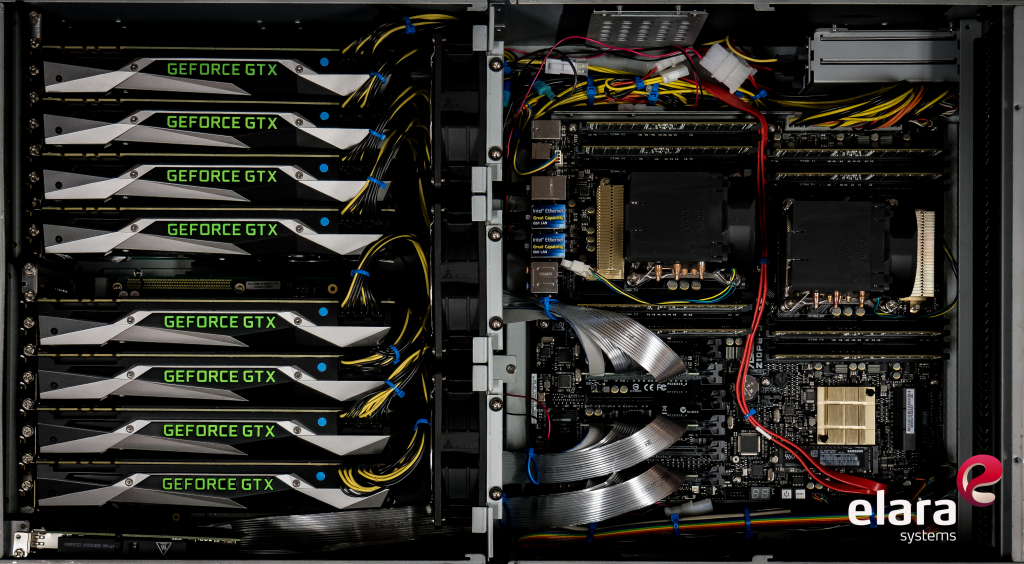V-Ray GPU Rendering

GPU RENDERING: PROVIDING STUDIOS A SPEEDY ALTERNATIVE TO THE CLASSIC CPU PIPELINE
Since the beginning of 3D design, there has been this barrier between what we, as digital artist, do in that space and what we render from it. For the sake of giving it a name, let’s call it “visual feedback”. To elaborate more on this, think of it more as cause and effect. For example, let’s say I’m painting on a physical canvas and I am using brush strokes to achieve an artistic goal, which is usually something very specific. When I press the brush with paint on it to the canvas, it leaves behind that paint as an impression, immediately. It’s not there and then it’s there – Basically, a real-time Boolean.
Now, let’s switch that example to a digital space on a digital canvas. When making those same strokes with the brush, even though you’re seeing it immediately when using it – It’s actually being computed, processed and relayed back to your monitor, allowing you to see it almost as if it happened just as fast as the physical canvas. The biggest difference being is that there was some sort of latency involved, regardless of it being perceived or not.
To expand on this further, 3D artist deal with this even more on a daily basis when rendering out 3D scenes/compositions, which is a gap other digital designers don’t often encounter.
The gap I’m referring to exists because of the complex processing required to render 3d objects, materials and lights into an image. This style of digital imaging, is rapidly approaching being indistinguishable from a photograph.
Overtime, as a community, we have learned to use and develop tools that continue to remedy this latency gap between predicting results and the visual feedback we receive through the render. With tools like physically-based materials, game engines and real-time GPU rendering at our disposal, we now have a glimpse of that future. Some of these tools can be found in VRay (Next) or Vray RT, Red Shift, Unreal Engine 4 and/or Unity’s integrated Octane renderer.
Specifically, GPU rendering through Vray RT is one avenue that’s speeding up the rendering by narrowing this visual feedback gap with new advancements in increased memory optimization and real time actively shaded previews of 3D scenes. This gives artists the ability to shift lights, colors and composition with nearly instant visual feedback. By doing so, this allows an artist to determine what needs to be done in a scene to achieve their vision without repetitive slow R&D in order to create a desired end result.
The difference between GPU and CPU rendering has a lot to do with how they process the digital information. For example, GPUs have more processors than a CPU, but they run slower; whereas, CPUs are quicker per-core. It’s debatable by many which method is preferred in the output of quality, but everyone agrees that GPU versus CPU is overall quicker.
Overall, GPU rendering is still in its infancy, but the community is quickly evolving it and within the next 2-3 years, it’s in my opinion that a lot of studios will choose to forgo the traditional route of CPU rendering for real-time GPU output.
Learn more in our Unreal Engine VR Tutorial.
